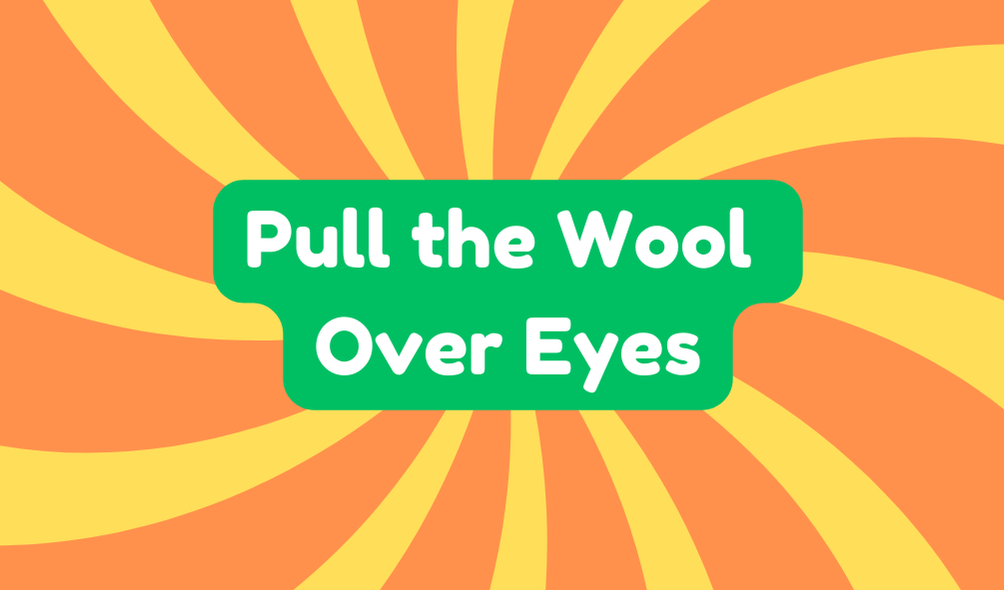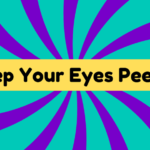"Pulling the wool over one's eyes" refers to deception and manipulation, where individuals obscure the truth to mislead others. This phrase highlights the importance of critical thinking in everyday situations, such as when investors encounter deceptive financial advice or consumers face misleading advertisements. Its origin lies in historical English wool practices, serving as a caution against manipulation. Understanding this can lead to greater awareness of deceitful tactics, prompting individuals to question motives and analyze information critically for better decision-making.
Synonyms
When discussing the phrase "pull the wool over eyes," one can find various synonyms that convey a similar sense of deception and manipulation. These terms reveal the underlying themes of deceptive behavior and manipulation tactics that permeate human interaction. They illustrate how individuals may seek to mislead others, often for personal gain. Consider these vivid alternatives:
- Hoodwink
- Bamboozle
- Mislead
Each synonym emphasizes the intention to obscure truth, showcasing the lengths to which individuals might go. Such language serves as a reminder to remain vigilant against manipulation, highlighting the importance of critical thinking in everyday situations.
Example of Sentences
The phrase "pull the wool over one's eyes" illustrates a common scenario where deception occurs, often leading to manipulated perceptions. Take, for instance, the following examples:
- A savvy investor who recognizes deceptive tactics from financial advisers.
- A student aware that their classmate is trying to mislead them about group project contributions.
- A consumer skeptical of advertisements promising miraculous results.
These scenarios underline the necessity of critical awareness to avoid being misled. Individuals must remain vigilant to uncover dishonesty, ensuring they don't fall victim to clever manipulation designed to cloak the truth and distort reality. Awareness is key in this landscape of deceit.
Origin
The phrase "pulling the wool over one's eyes" draws from a rich historical context that underscores its meaning of deception. Originating in England, where the wool economy thrived, this expression reflects the significance of wool in various aspects of life, including burial practices. During the 14th and 15th centuries, laws mandated woolen burials to promote wool consumption. Interestingly, the Burial in Wool Acts of 1667 and 1678 aimed to protect national prosperity. Some theorize that the phrase also references the era's fashionable woolen wigs, cleverly obscuring the truth. Ultimately, this history serves as a cautionary tale about manipulation and deceit.
Collocations
Collocations related to the phrase "pull the wool over one's eyes" reveal the various ways language captures the concept of deceit. These expressions showcase deceptive tactics and manipulation strategies that encapsulate human interactions, often fraught with dishonesty. Consider the following imagery:
- Cloud of confusion billowing above a bewildered mind.
- Veil of secrecy shrouding malignant intentions.
- Curtain of lies drawn tightly around trust.
Such collocations not only illuminate the art of deception but also serve as reminders of the vigilance required to navigate a world where manipulation lies around every corner.
How to Use in Everyday Language
In everyday conversations, the phrase "pull the wool over one's eyes" serves as a vivid reminder of the prevalence of deceit. Individuals frequently encounter deceptive tactics in personal and professional scenarios. Using this phrase can emphasize the importance of critical thinking when evaluating situations and motivations. For instance, when skeptical of a flashy advertisement, saying, "Don't let them pull the wool over your eyes," encourages awareness. This expression skillfully encapsulates the essence of manipulation, prompting listeners to question and analyze information. By integrating such phrases, individuals can foster a culture of scrutiny, making it harder for deceit to thrive.
Why Is It Still Relevant Today?
Deceptive practices are far from a relic of the past; they persist in numerous forms today, making phrases like "pull the wool over one's eyes" particularly relevant. Modern society encounters various types of manipulation, from misleading advertisements to fraudulent schemes online. This environment demands a renewed emphasis on critical awareness, enabling individuals to navigate complexities with skepticism. By fostering an understanding of deceptive tactics, people can develop sharper discernment, thereby reducing vulnerability to exploitation. Awareness is key, as only by recognizing these behaviors can society hope to cultivate a culture of honesty, innovation, and informed decision-making, ultimately empowering individuals to see clearly.







